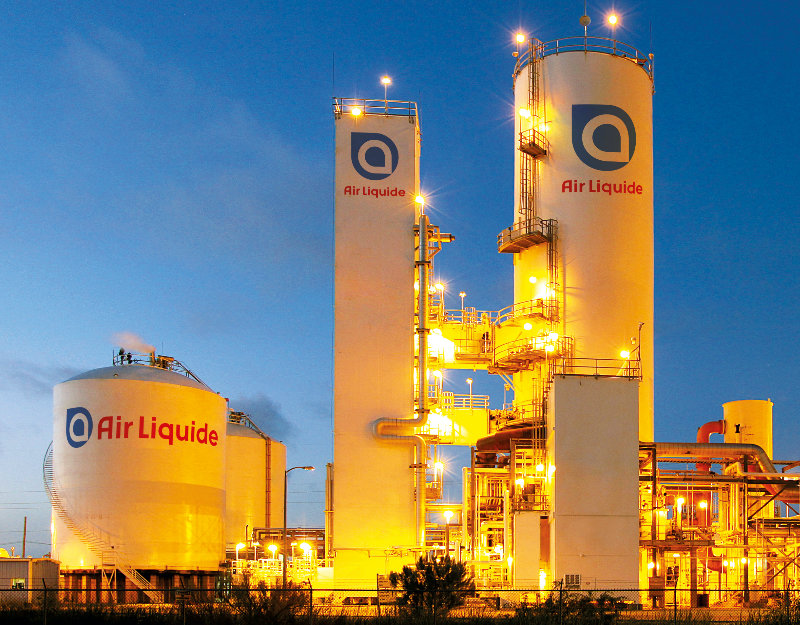Description
As part of its global approach to climate, Air Liquide is presenting the most ambitious objectives of its sector. The Group’s commitments seek not only to reduce the carbon intensity of its activities but also to work with its customers toward a sustainable industry and to contribute to the development of a low carbon society.
For many years now, Air Liquide has been committed to a sustainable growth, notably to limit its own CO2 emissions as well as those of its customers. To accelerate the pace of this momentum, Air Liquide is going further today by announcing its climate objectives with a global approach that includes its assets, its customers, and ecosystems.
Within its activities, including production, distribution and services, Air Liquide is committed to reducing by 30% its carbon intensity by 2025, based on its 2015 emission levels. These objectives will be reached notably by:
– increasing by nearly 70% its purchases of renewable electricity;
– improving the energy efficiency of its production units;
– and reducing by 10% the carbon footprint of its products through the optimization of both production and transportation.
With its customers , the Group is also committed to sustainable industry by promoting low carbon solutions.
Thanks to its in-depth knowledge of customers’ processes, Air Liquide is already offering technologies like oxy-combustion, which allows its customers to improve the energy efficiency of their industrial processes and reduce their emissions. The Group is continuously innovating and developing new solutions, such as CO2 capture and usage, or the development of new materials for Electronics. With ecosystems , via an active dialogue with key players (public policymakers, industrial partners, NGOs, etc.), Air Liquide is contributing to the development of a low carbon society by:
– developing biomethane for the industry and transport;
– proposing alternative solutions for refrigerated logistics;
– promoting hydrogen – in particular carbon-free hydrogen – which will play a key role in the fight
against climate change and the energy transition, with regards to both mobility and energy.
